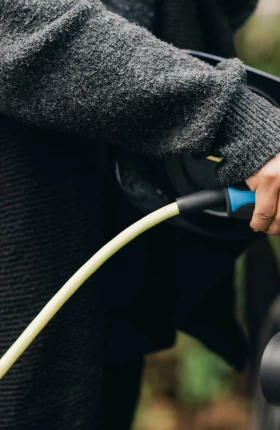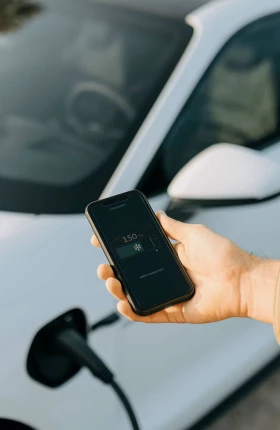What do US economic power, national security, and climate goals have in common? They are all critical to the health and well-being of the country and its people, and they all rely on the power of the lithium battery.
Lithium batteries fuel a wide variety of devices and applications—in particular, electric vehicles and energy storage systems on the electrical grid supply. In fact, lithium batteries will be one of the key technologies shaping the 21st century.
But the US lacks a steady and secure supply of lithium batteries. Consequently, the country relies heavily on imports and captures only 30% of the value-add in lithium batteries that are consumed in the US. This limits the country’s economy—well beyond the battery market itself; other markets that rely on the batteries, such as electric vehicles, consumer electronics, and medical devices, are similarly disadvantaged. Likewise, critical security requirements and sustainability goals are jeopardized by the lack of readily available lithium battery power, putting the nation as a whole at risk.
To remedy the shortcoming and relieve the risks, the US Department of Energy launched Li-Bridge, a project that brings together US lithium battery technology experts. Their mission: to devise a strategy for a robust, sustainable lithium battery supply chain for North America.
Li-Bridge’s Goals
Li-Bridge has established a 2030 goal for the US lithium battery industry: to double current value capture, such that the US will increase its domestic stake of the US market to 60%. This would add $17 billion in direct value and 40,000 direct jobs.
The 2050 goal is decidedly more ambitious. Li-Bridge believes that nearly 100% of the domestic market can be captured through domestic production. Underlying this projection is the anticipation that most required materials will come from recycled lithium batteries and that investment levels will rise. Reaching this goal would make the US a powerful force in the battery industry, positioned not only to support itself but also to profit from the export of batteries and battery-related technology worldwide.
Reaching these goals means overcoming the challenges that are currently holding back battery development and market growth.
Key Challenges
To develop a healthy US lithium battery supply chain and meet the Li-Bridge 2030 and 2050 goals, nine challenges must be overcome. Chief among them:
A Lack of Attractive Returns on US Capital Investment. BCG estimates that more than $100 billion of cumulative investment is needed to meet the 2030 Li-Bridge goal. This includes new mines and new cell-manufacturing facilities. Some funding (about half of that total) has been committed, but more is needed—and soon, given the long development timelines.
Lengthy and Uncertain Timelines to Secure Permits and Project Approvals, Especially Upstream. Reportedly, delays range from six months to ten years. Bureaucratic processes, appeals processes, and community resistance are to blame; all of these impediments must be addressed. Otherwise, the uncertainty will continue to suppress much-needed investment and make the US a less unattractive place to do business.. Solving this problem will also relieve supply shortfalls, build US supply, and help US companies commercialize more-advanced, lower-impact technologies.
Lack of Access to Critical Minerals and Raw Energy Materials. In some countries, state support has enabled companies to build a supply of critical minerals and energy materials. Likewise, in the US, government action is needed to level the playing field. This is particularly critical given reports of pending shortages within 4 to 12 years.
Subscribe to our Automotive Industry E-Alert.
Objectives for Industry and Government
Industry alone can’t solve the challenges. US government action is needed as well. Li-Bridge has developed a set of broad objectives to guide both groups:
- Improve the investment attractiveness of US-based lithium battery technology and technology and material production through expanded and better-designed supply- and demand-side incentives.
- Support research, product, and business model innovation and accelerate pathways to commercialization through investments in R&D and validation and scaling capabilities.
- Help US companies secure access to critical minerals and energy materials (virgin and recycled, domestic- and foreign-sourced) and low-carbon infrastructure.
- Address know-how gaps by investing in workforce training.
- Establish an enduring US public-private partnership to support the development of a robust and sustainable lithium battery supply chain in North America.




